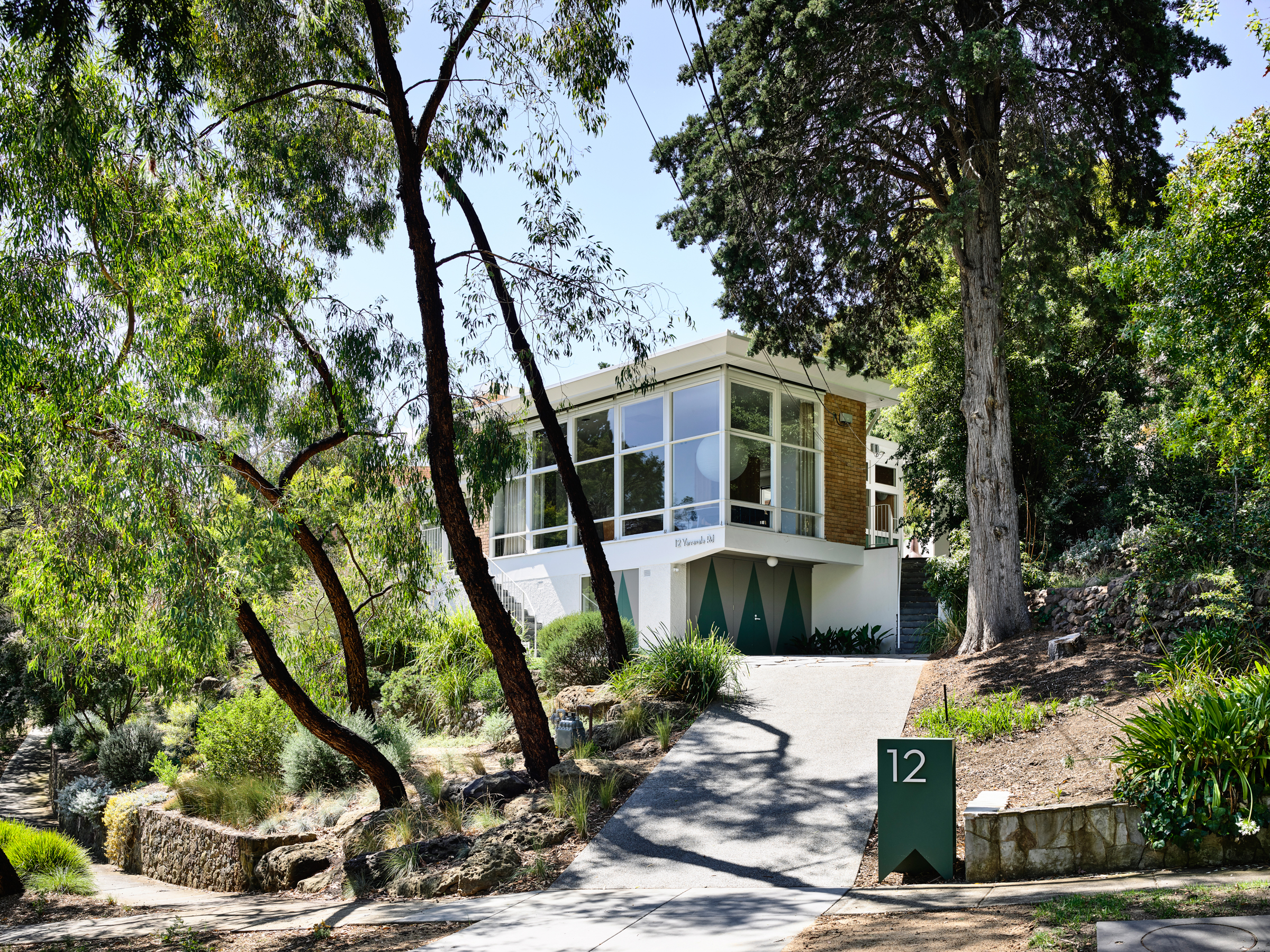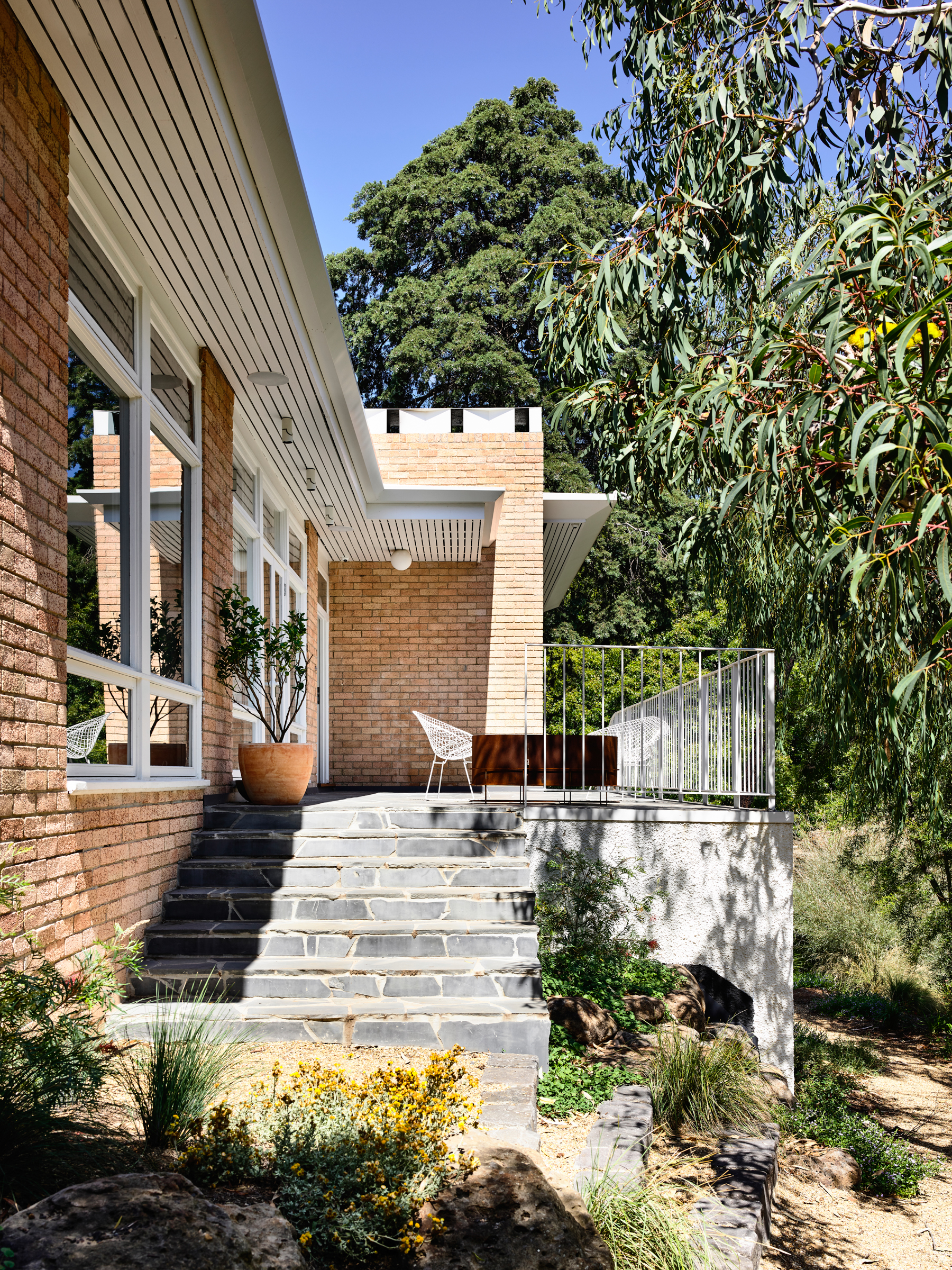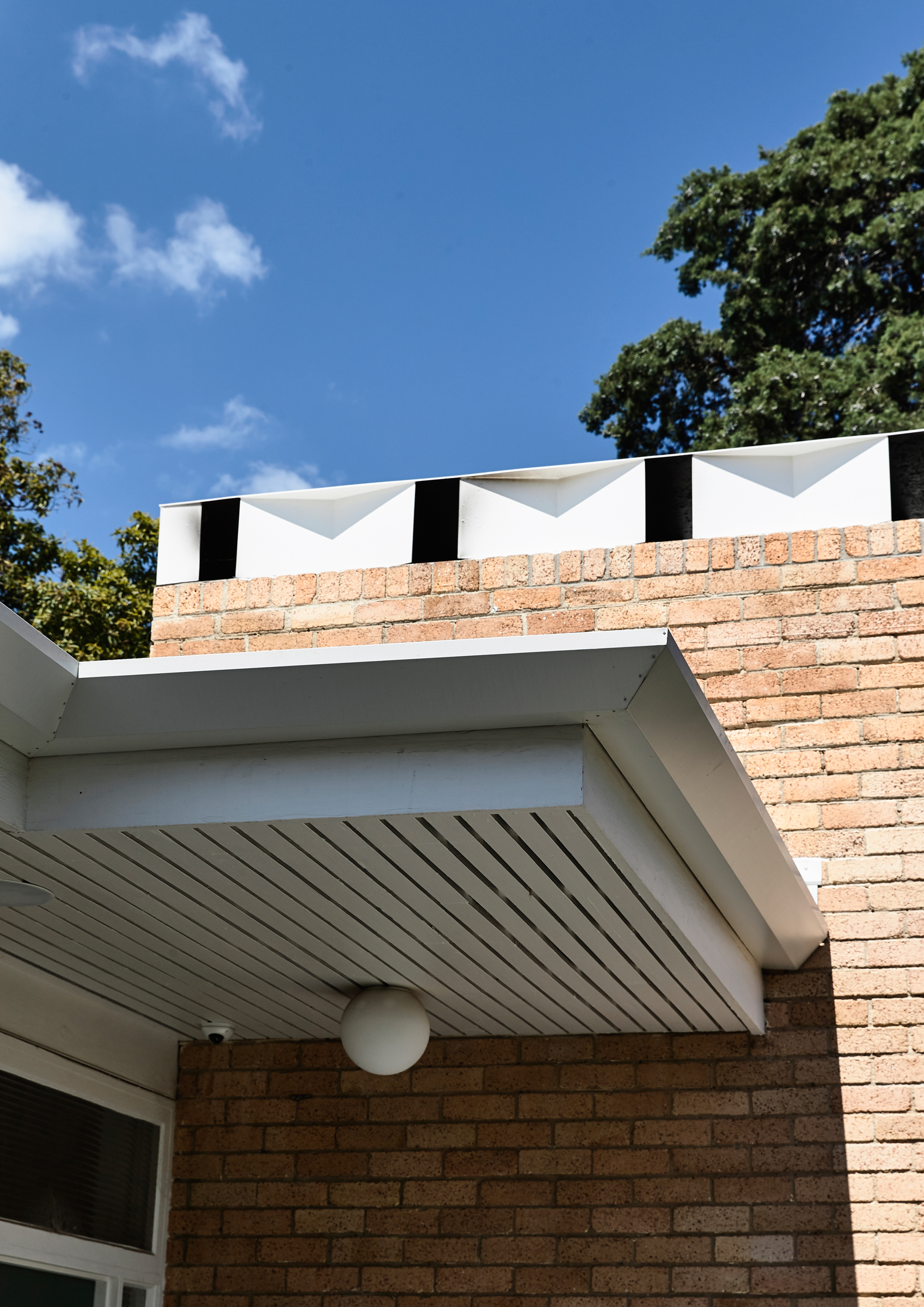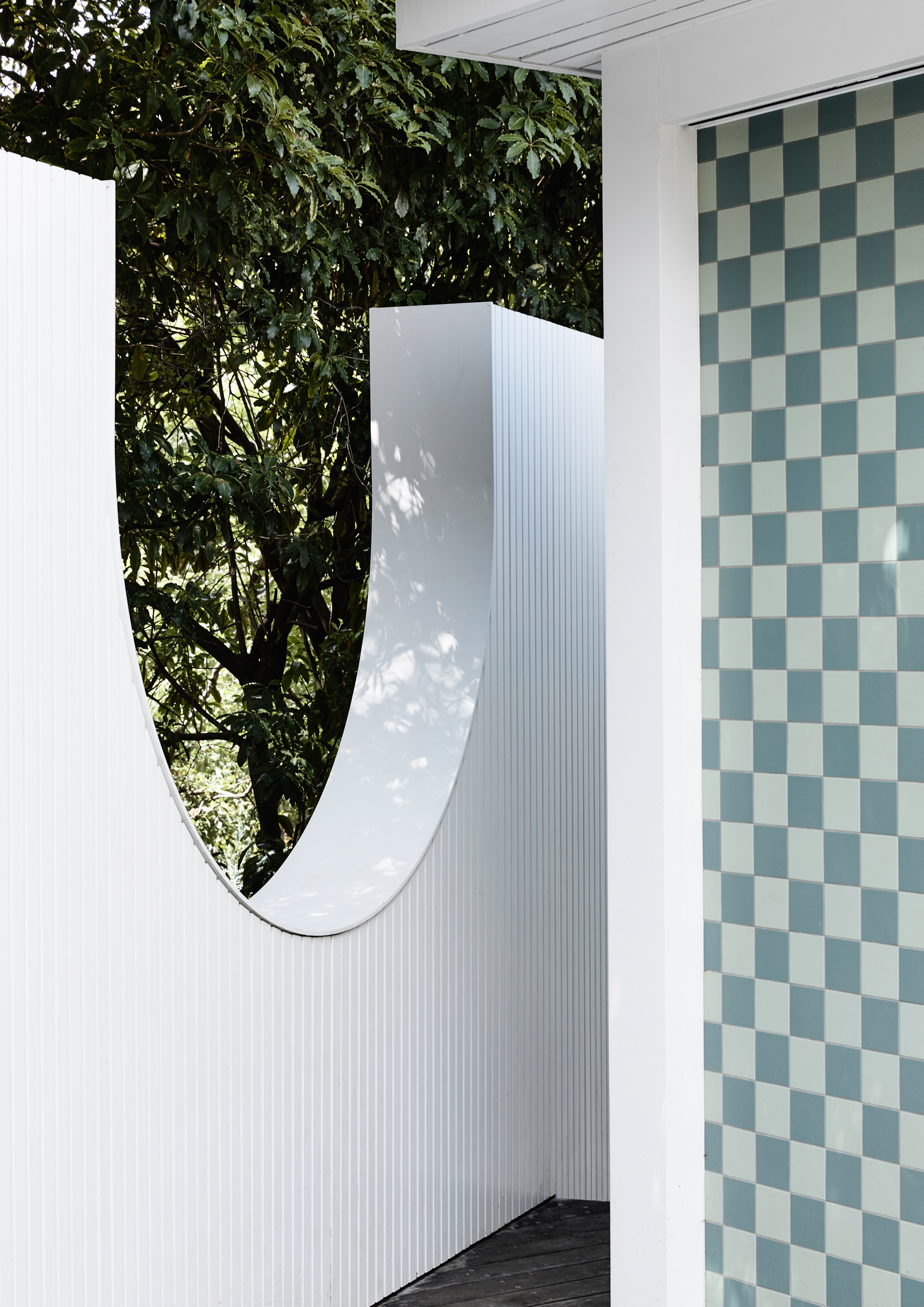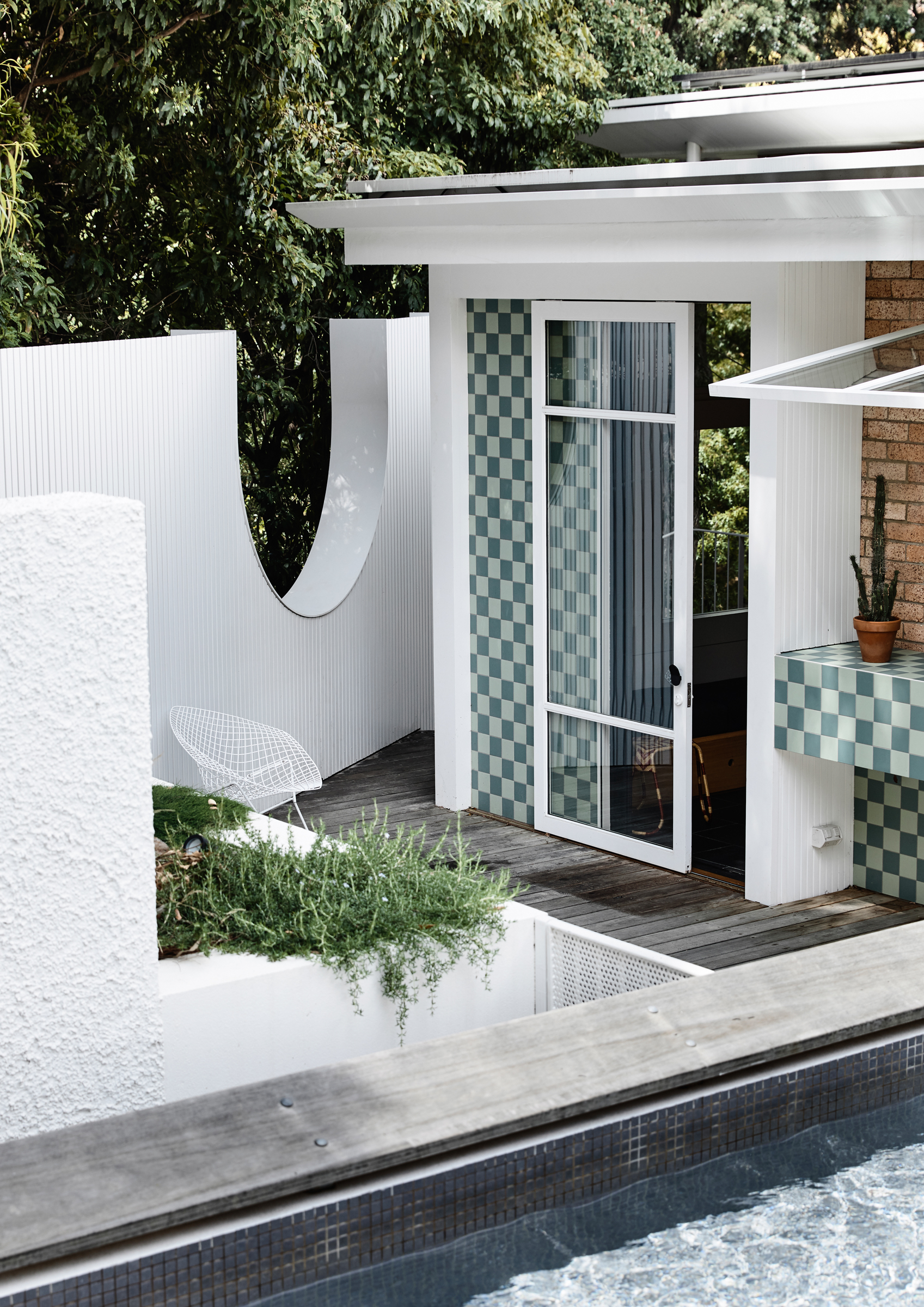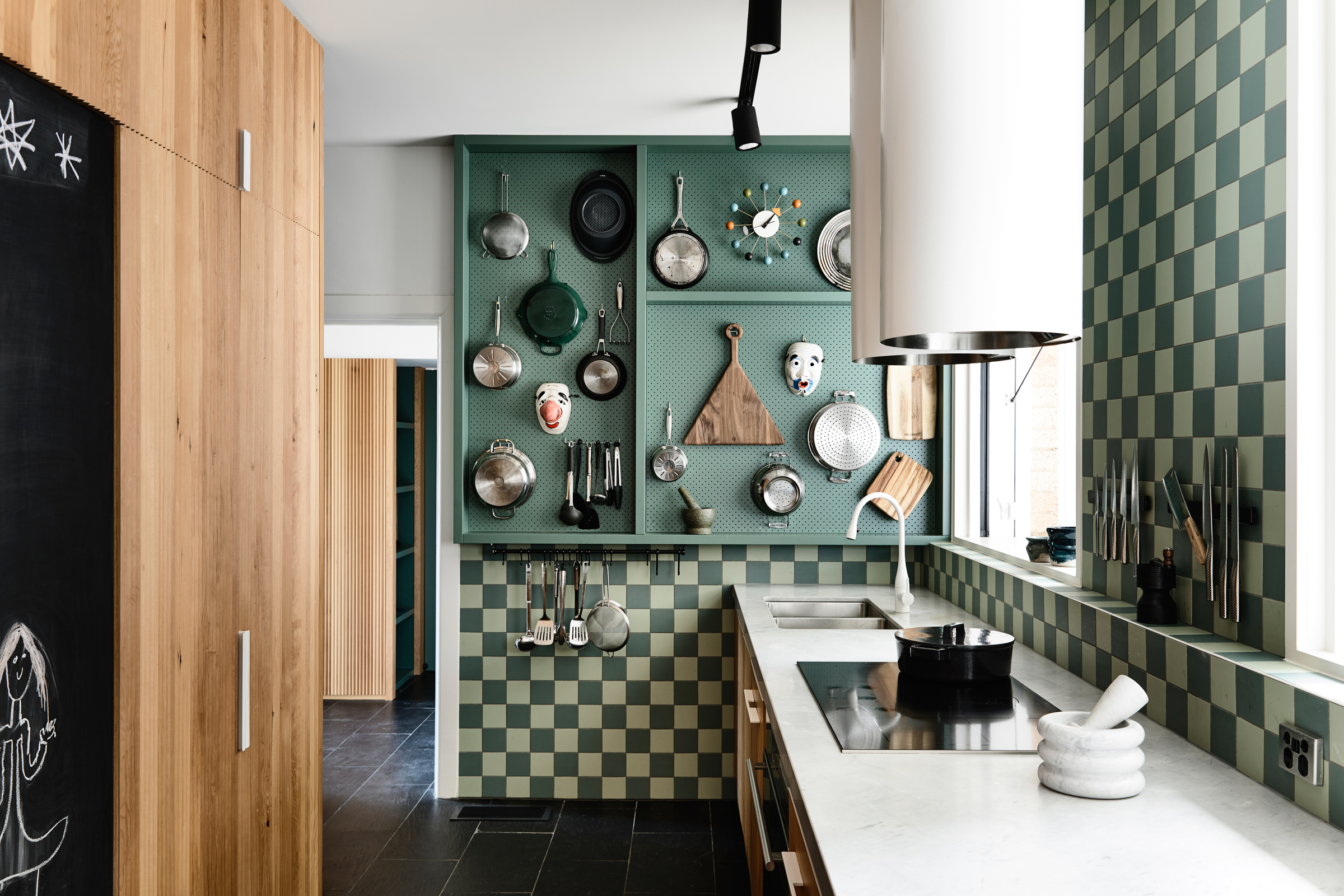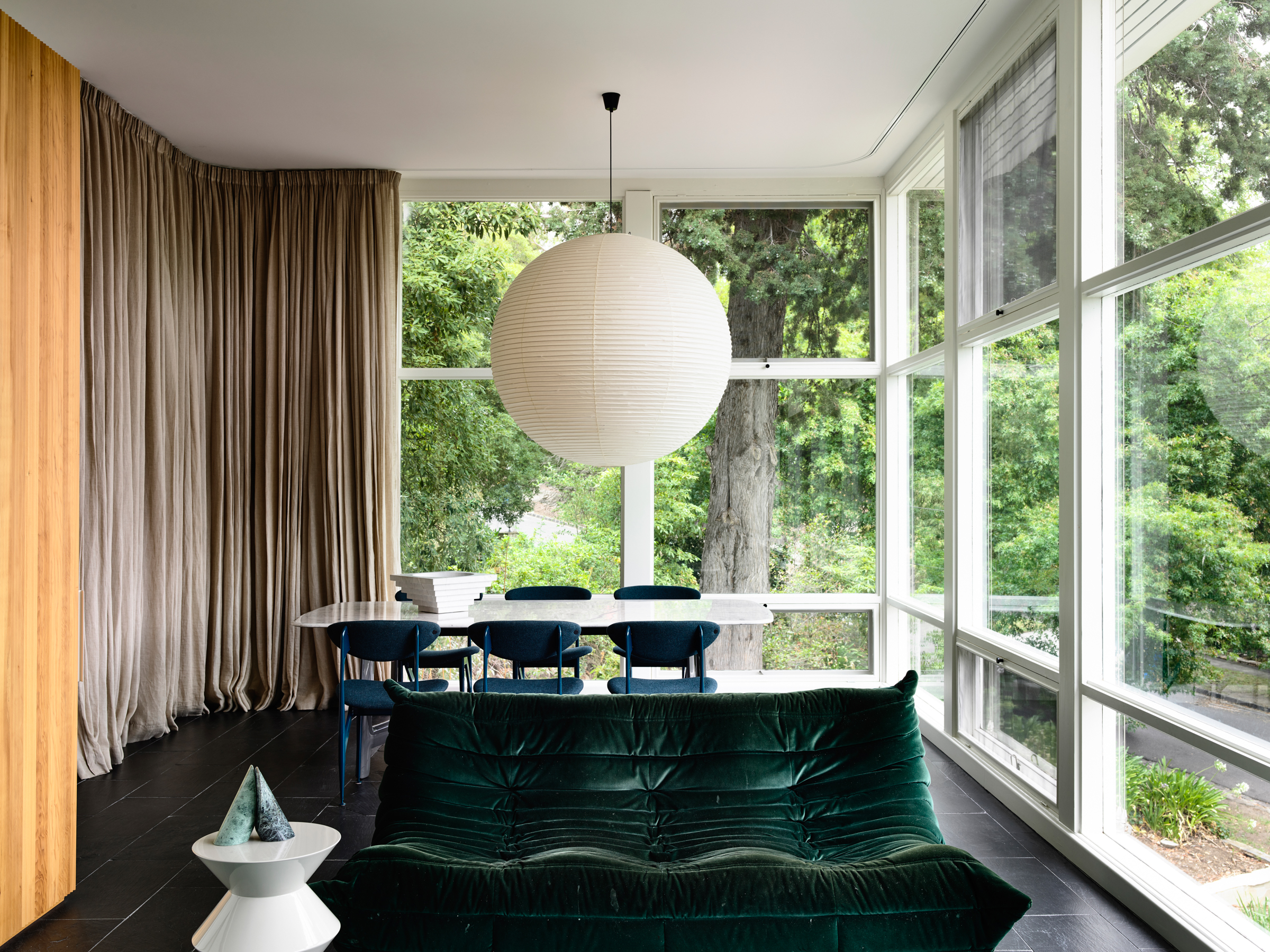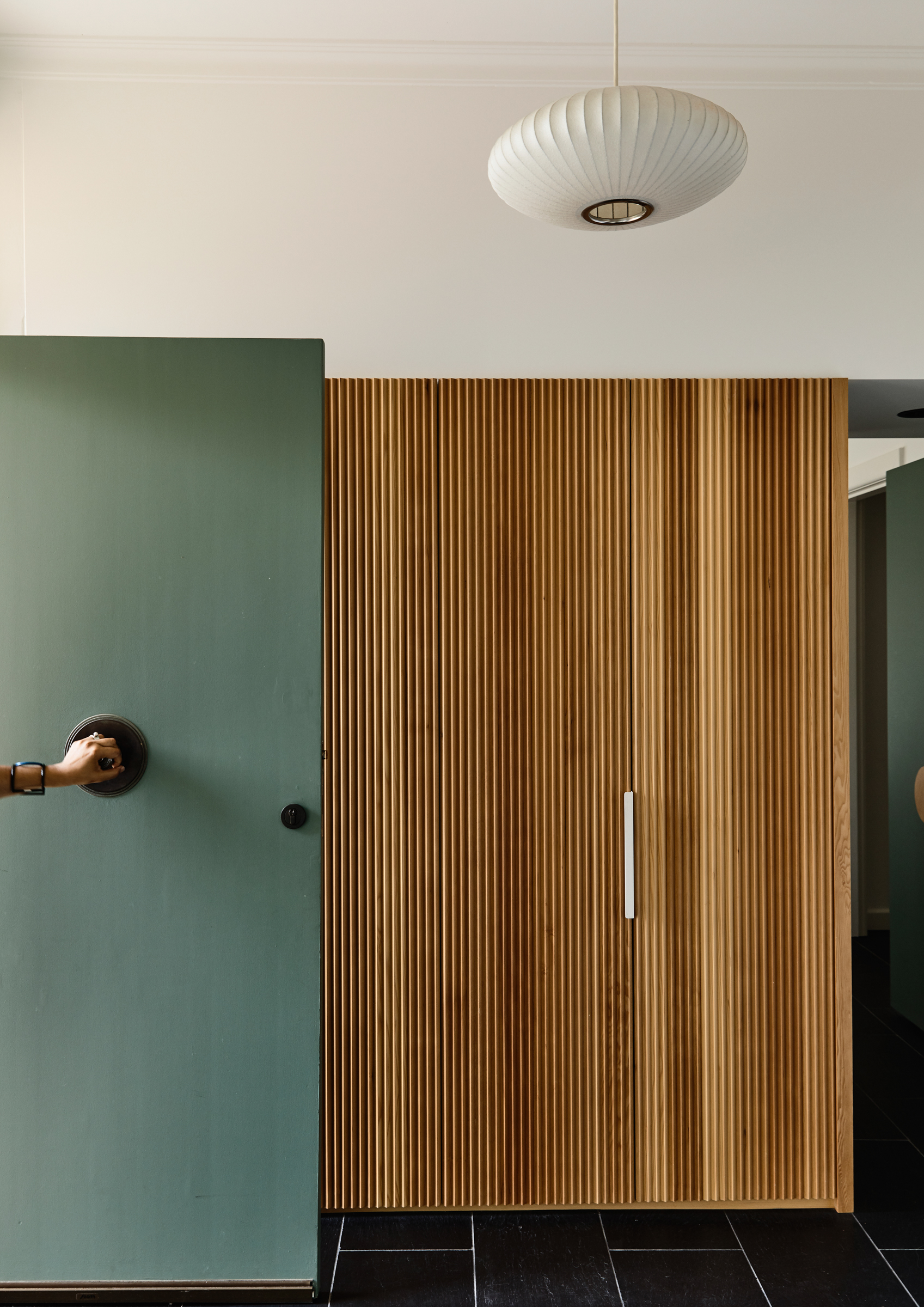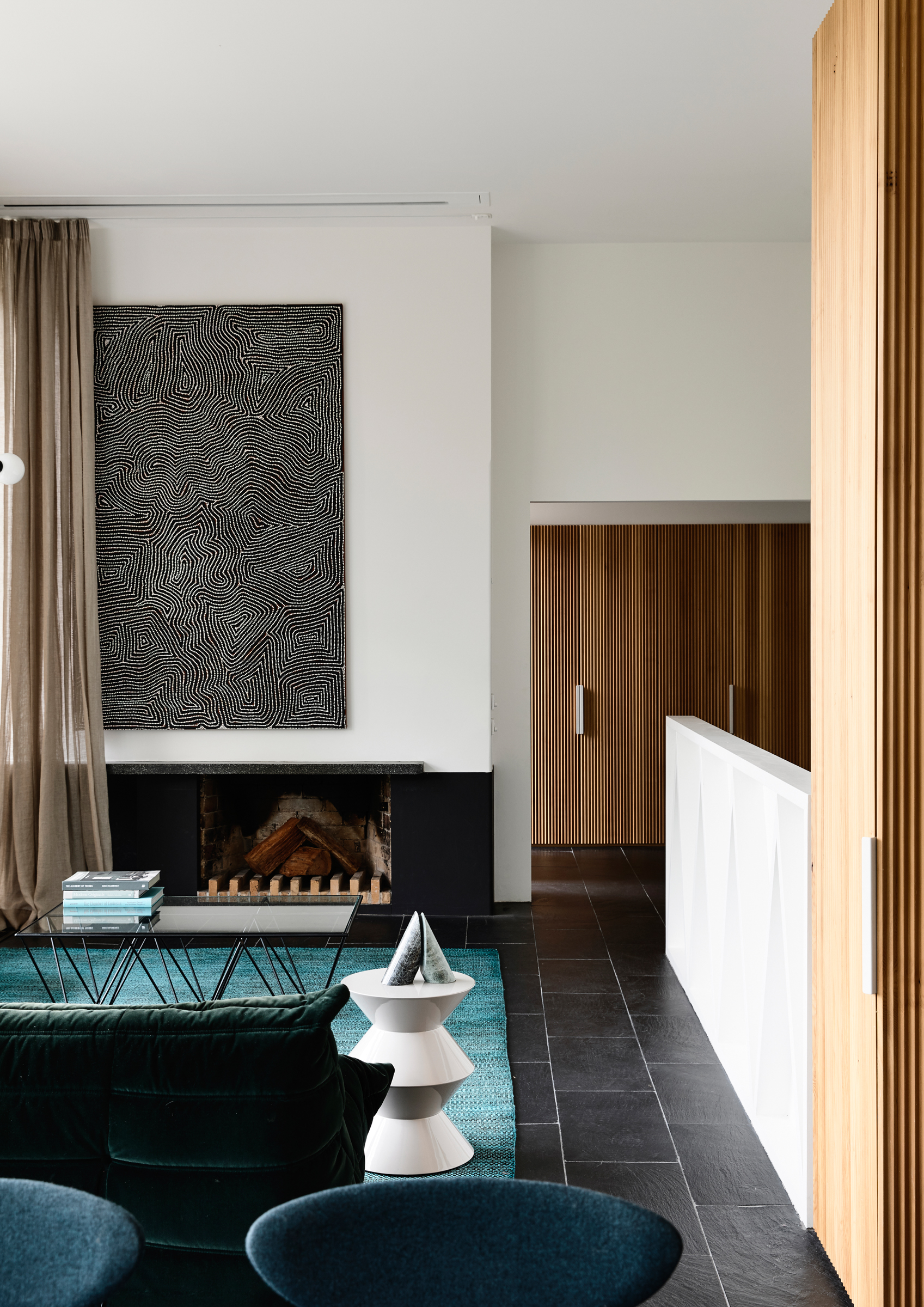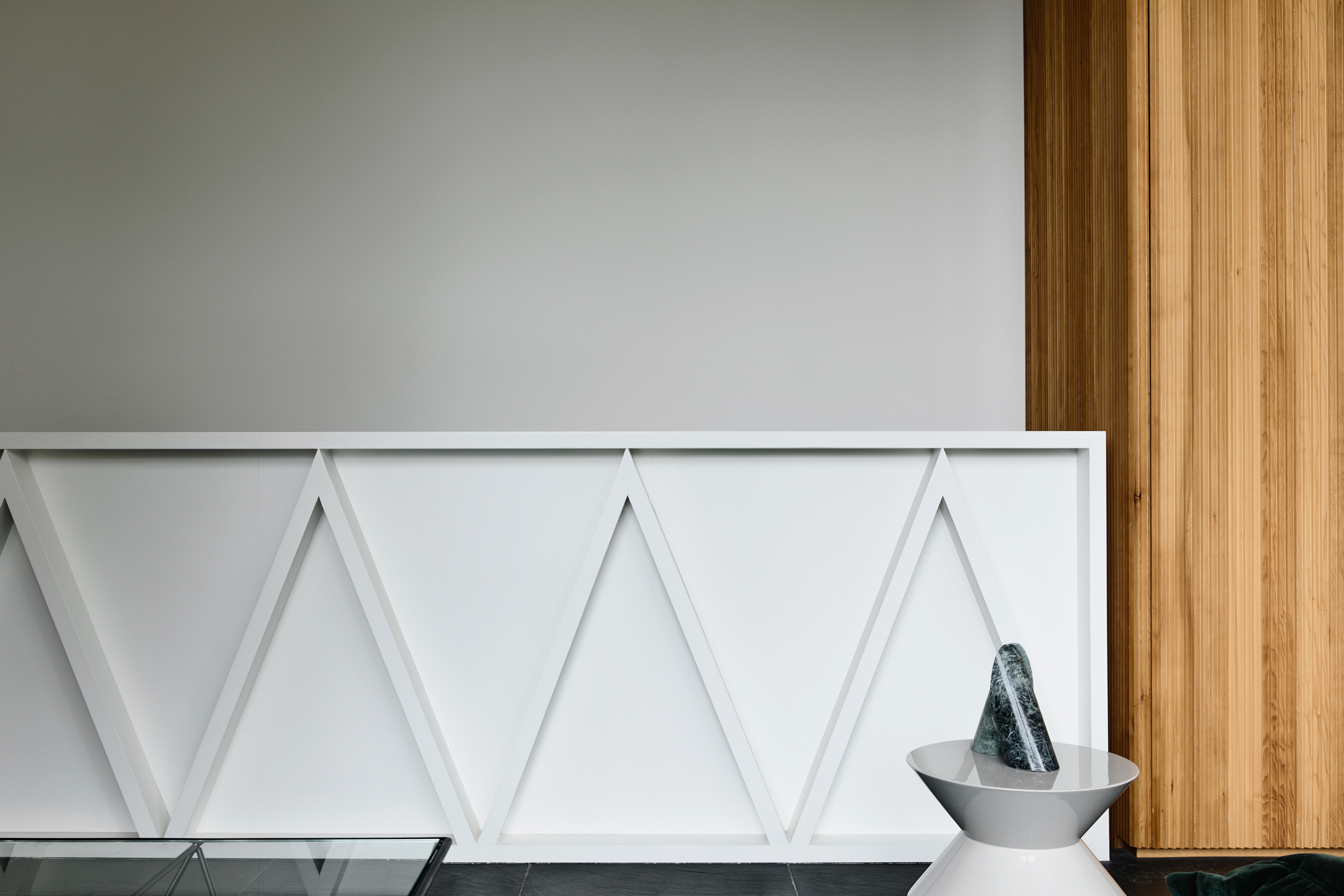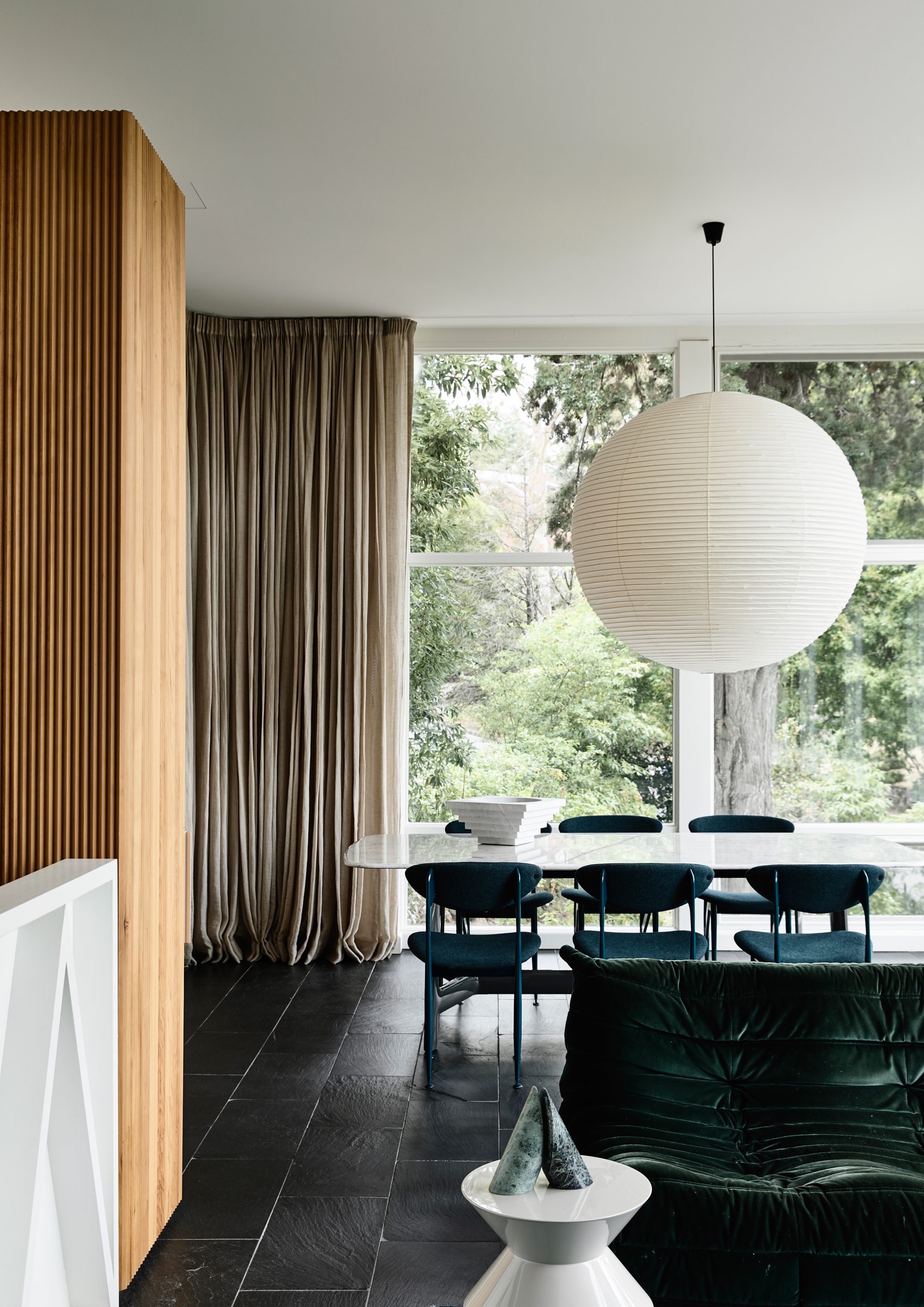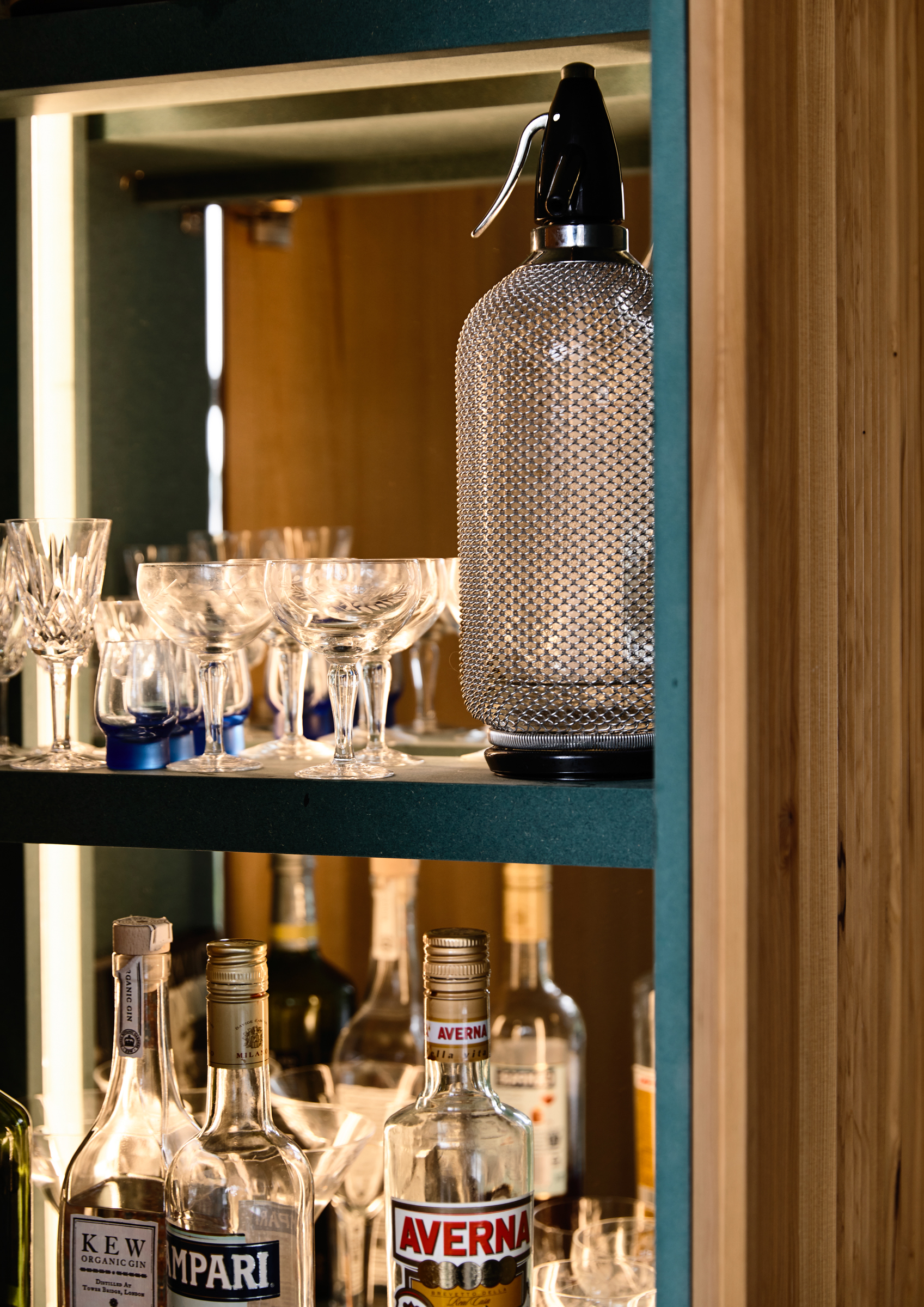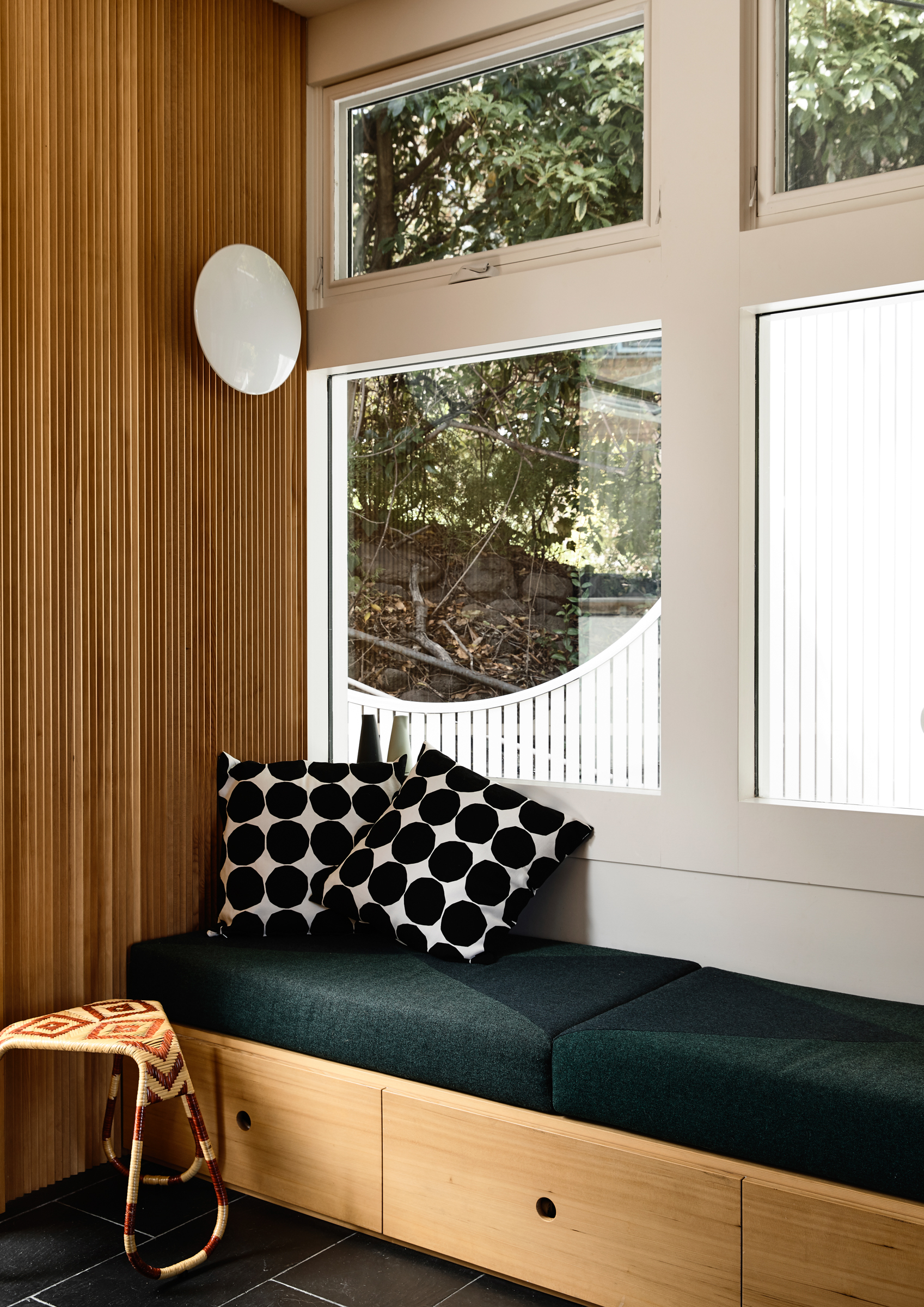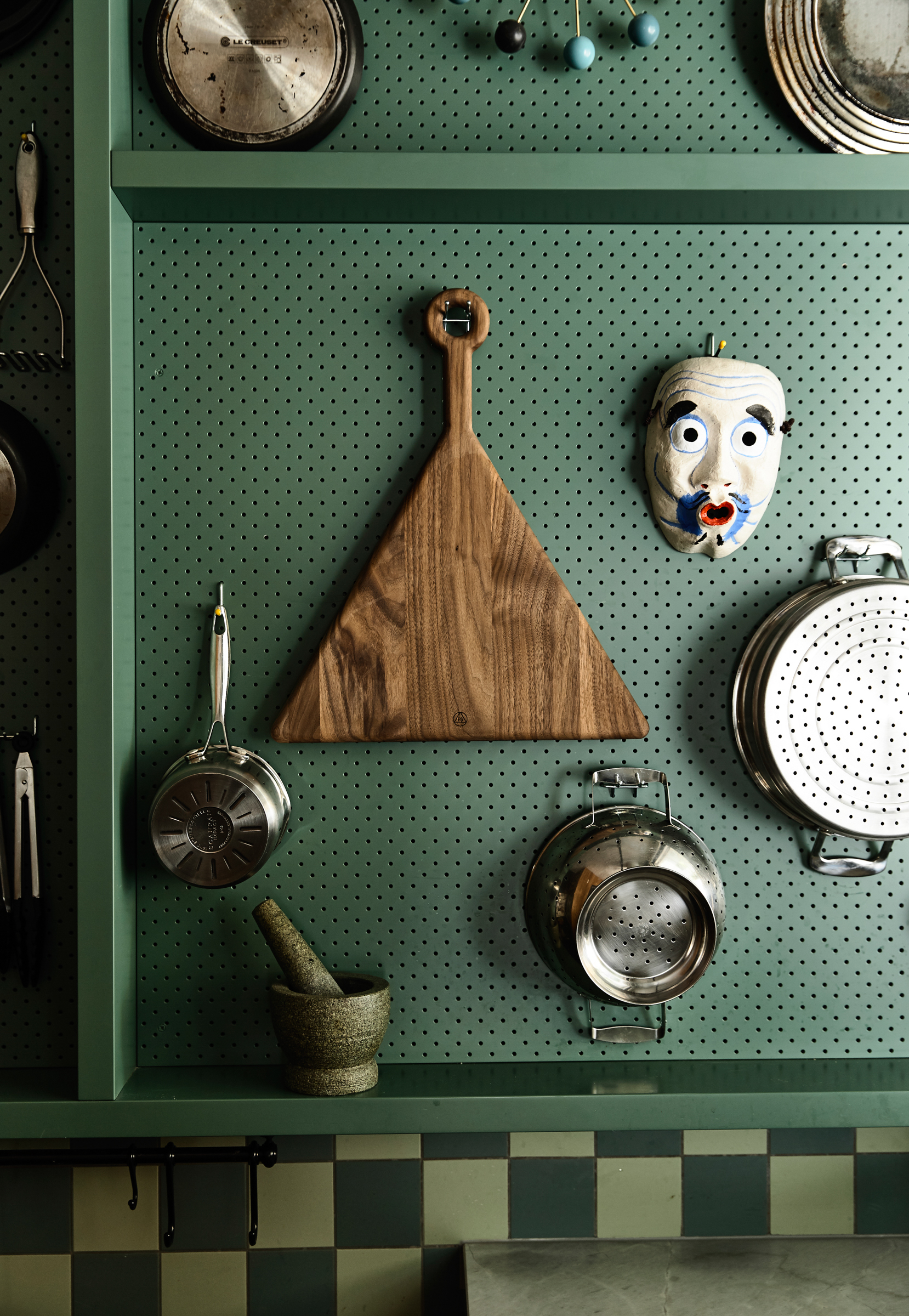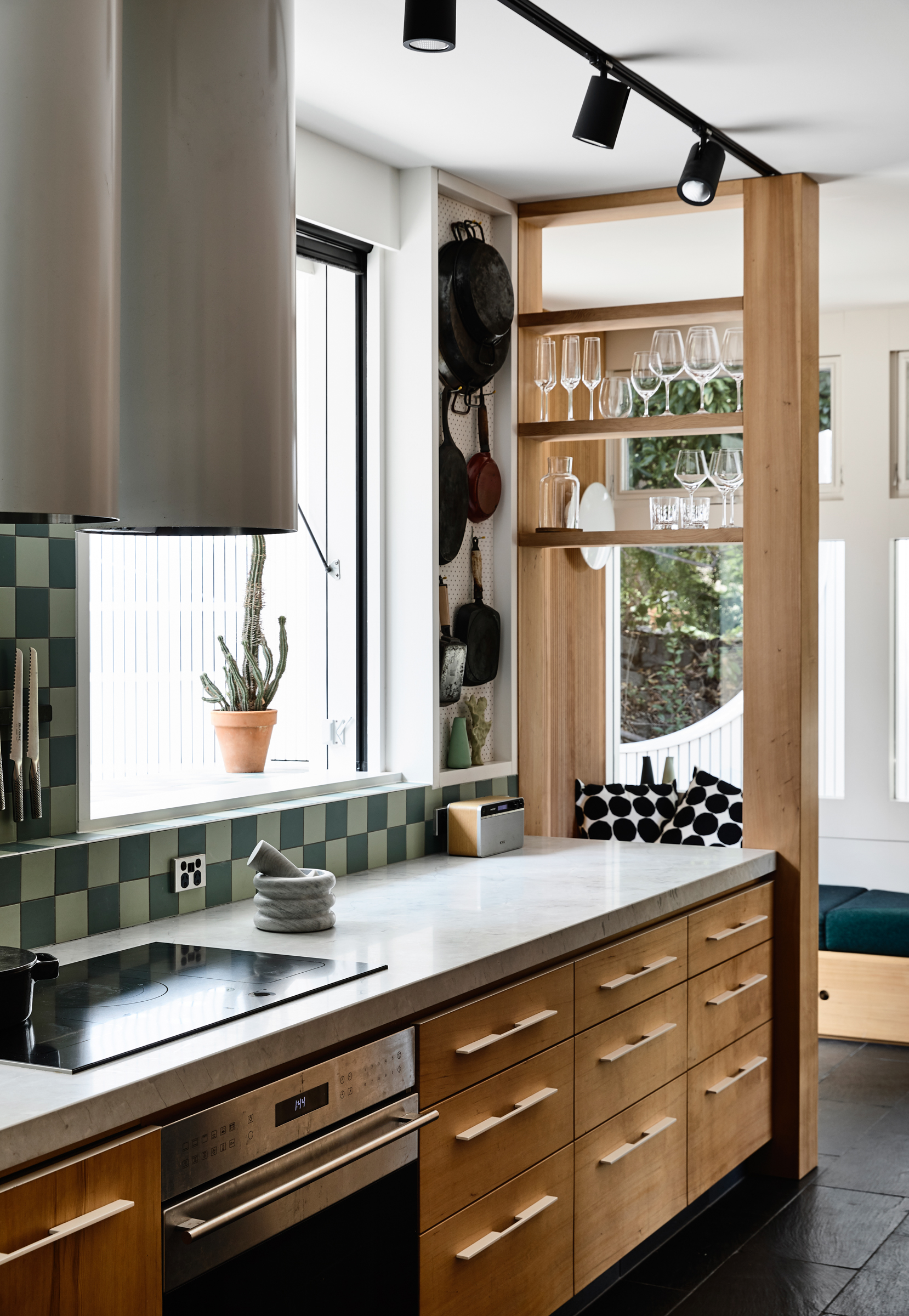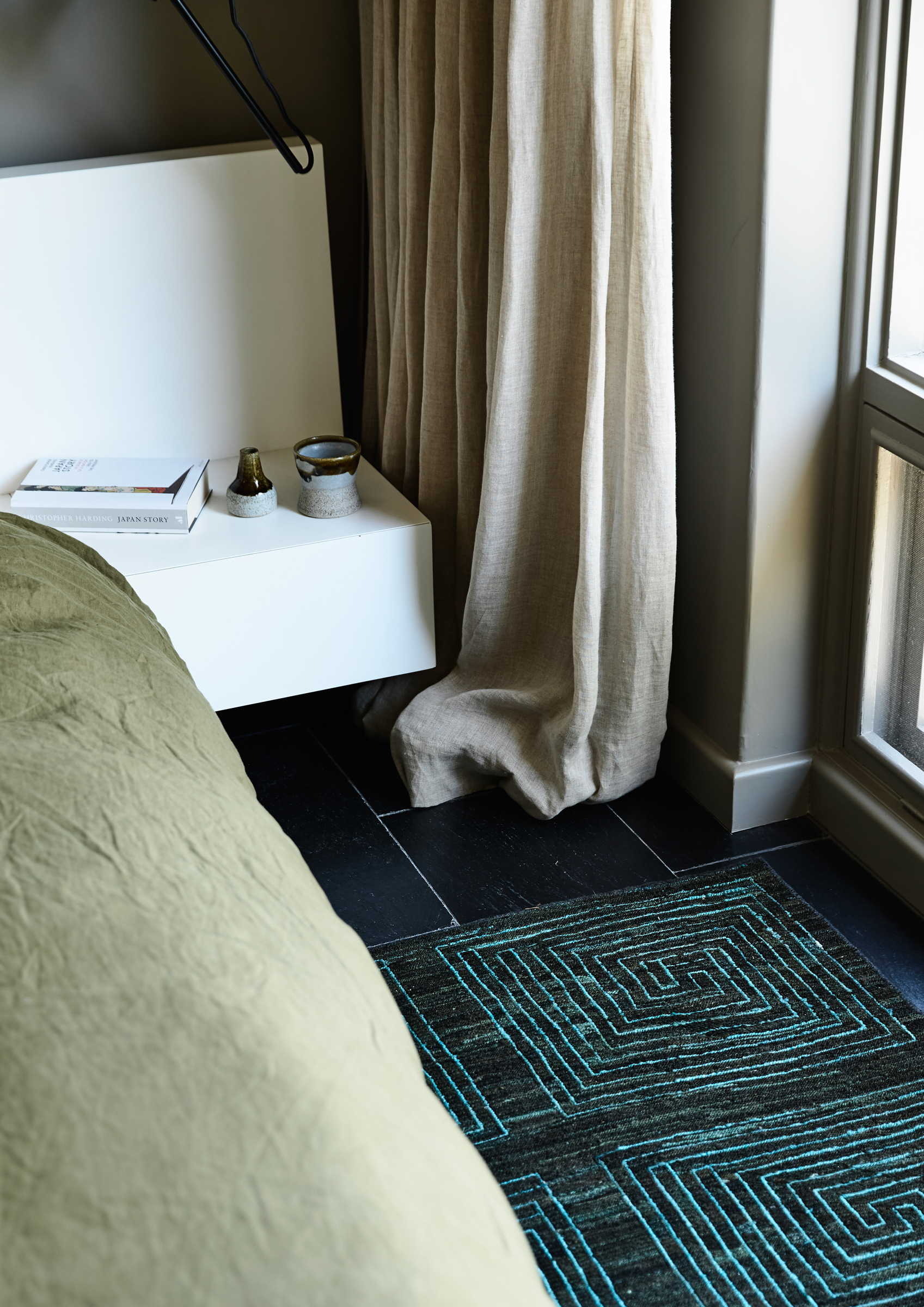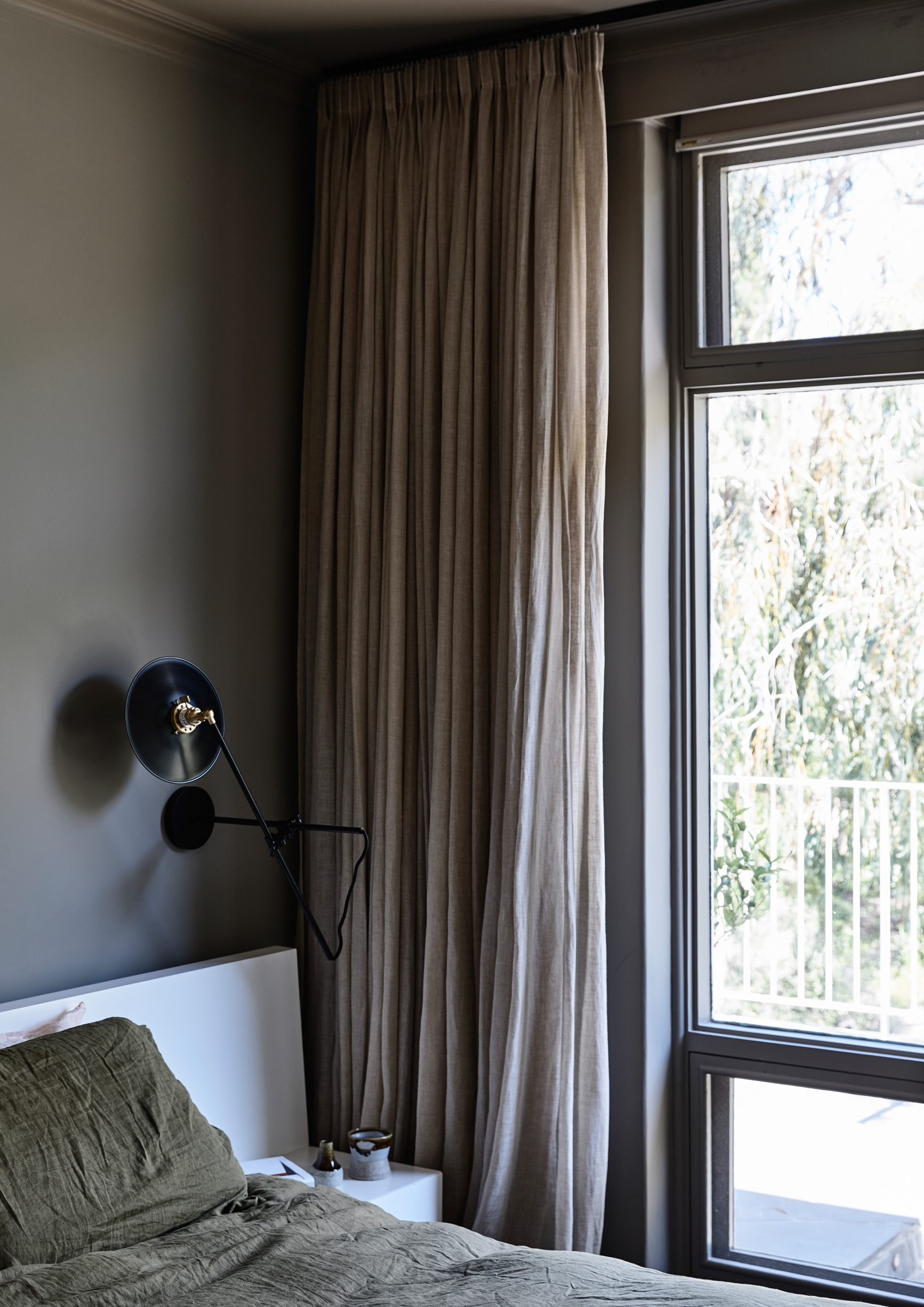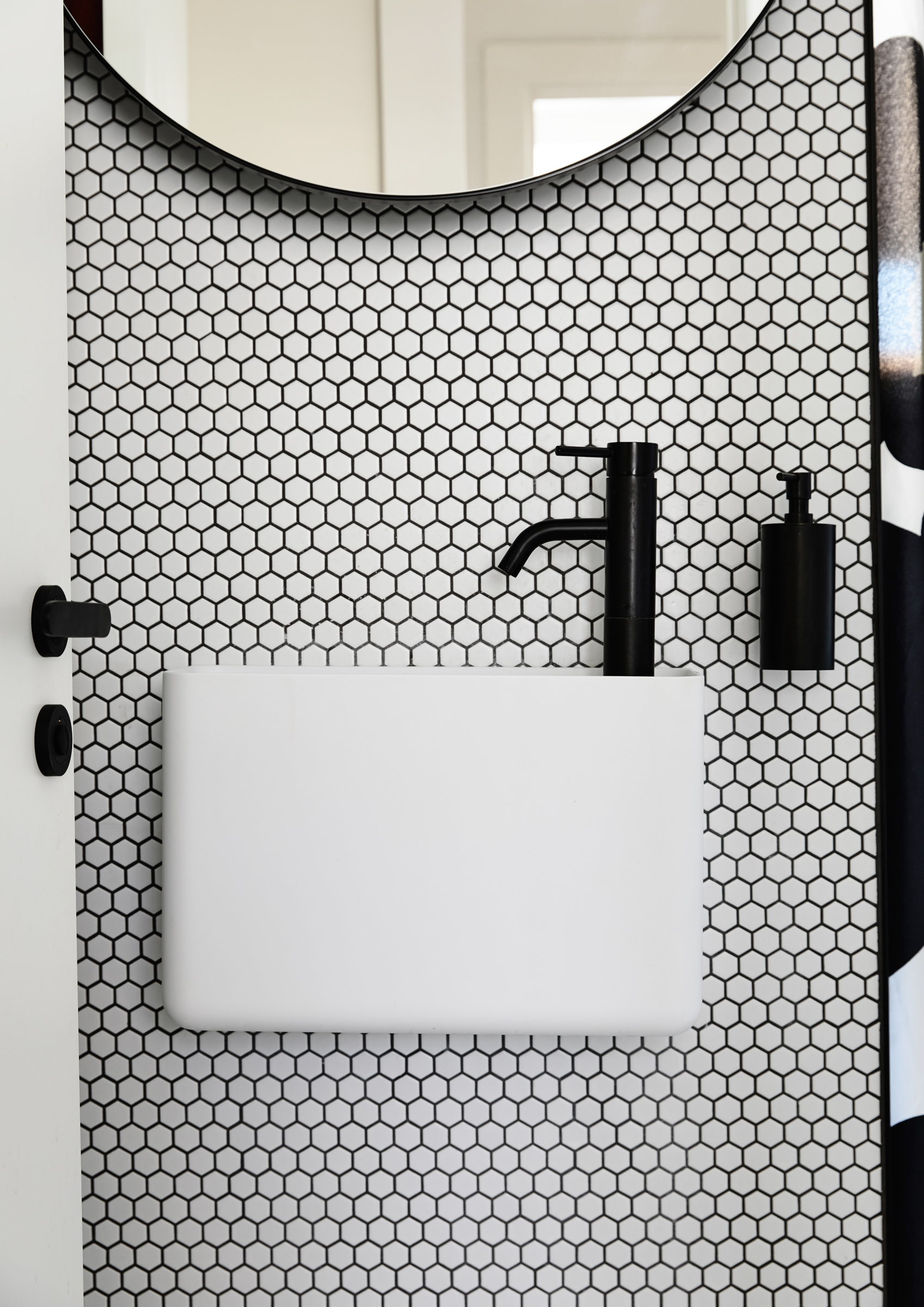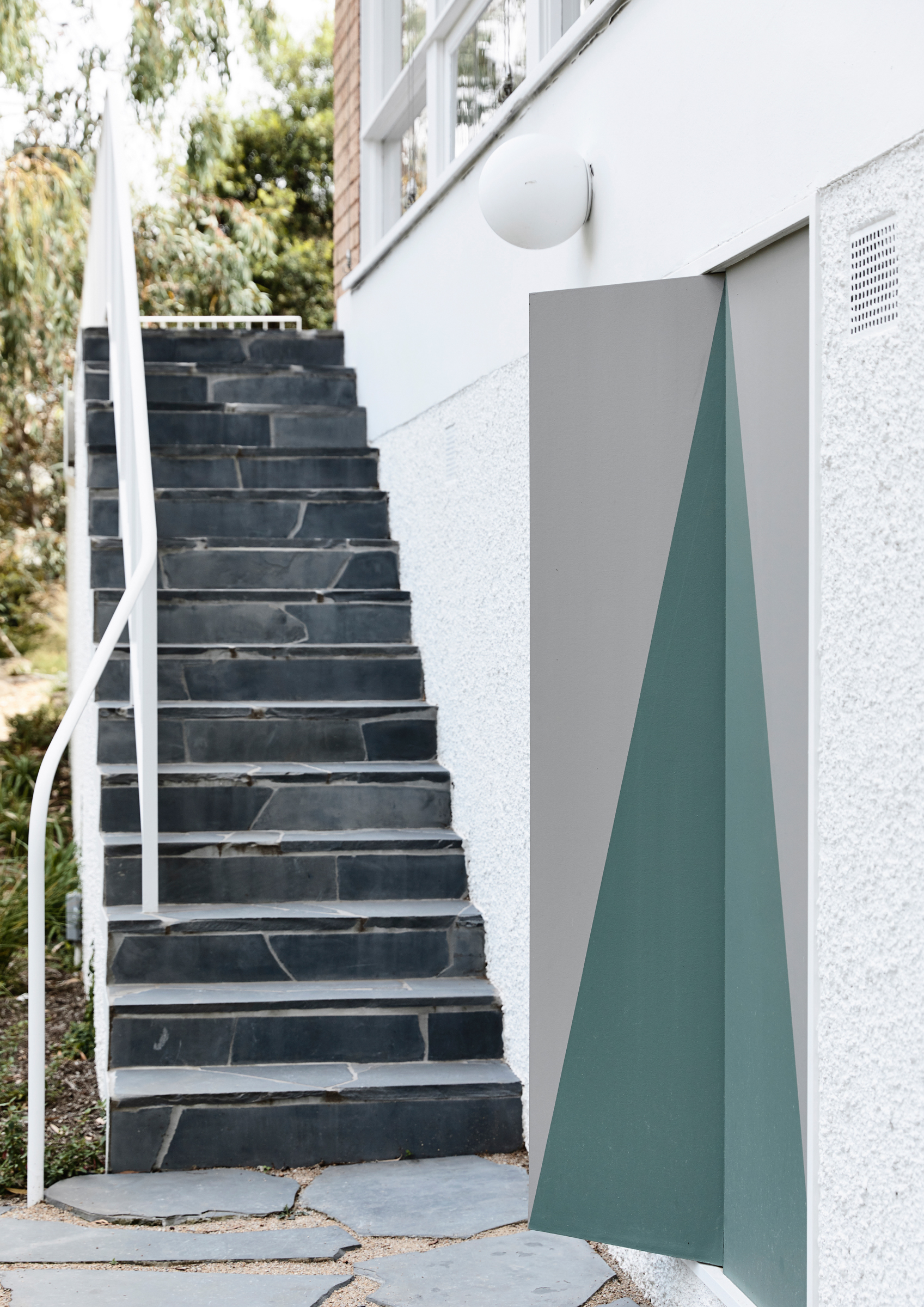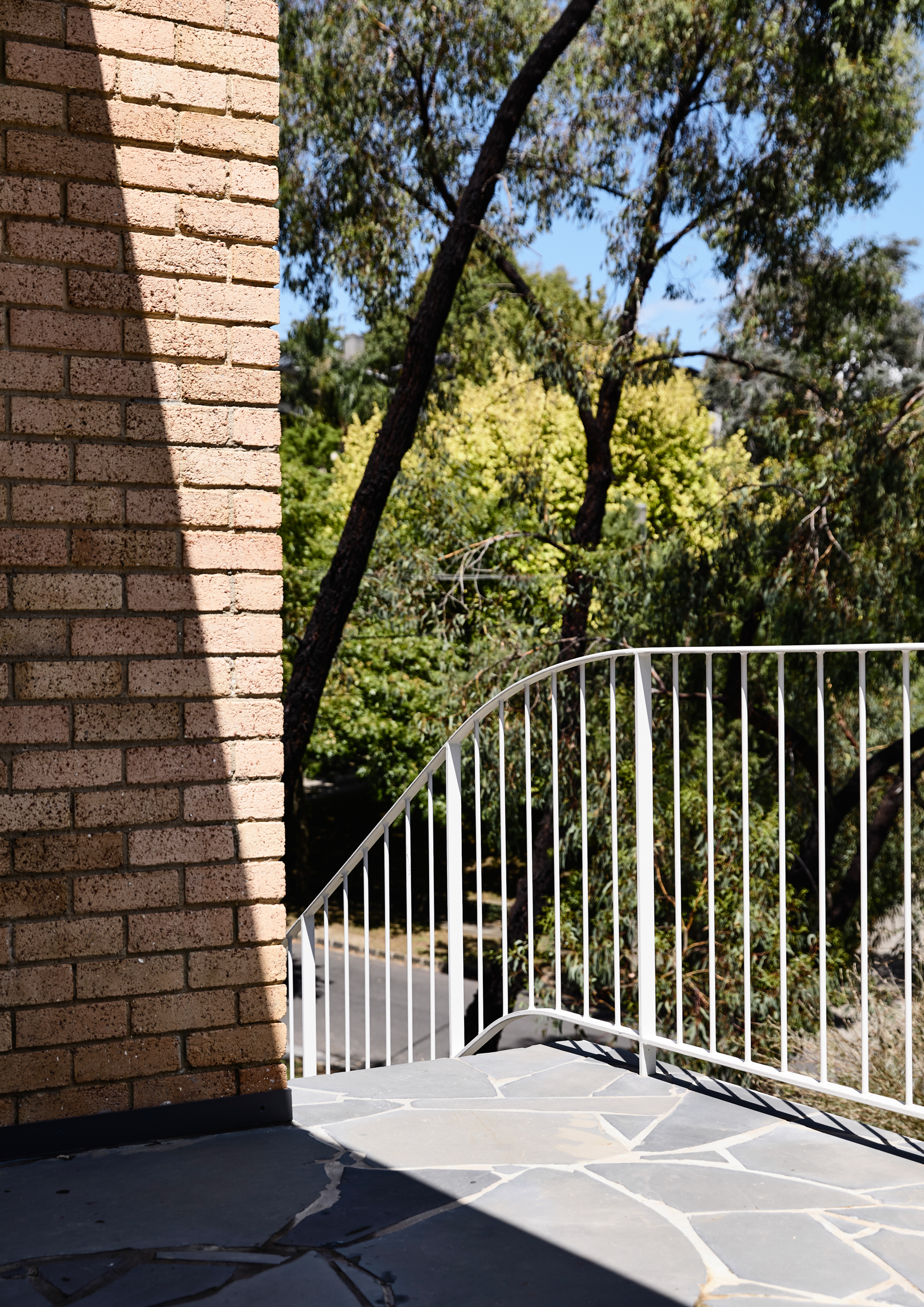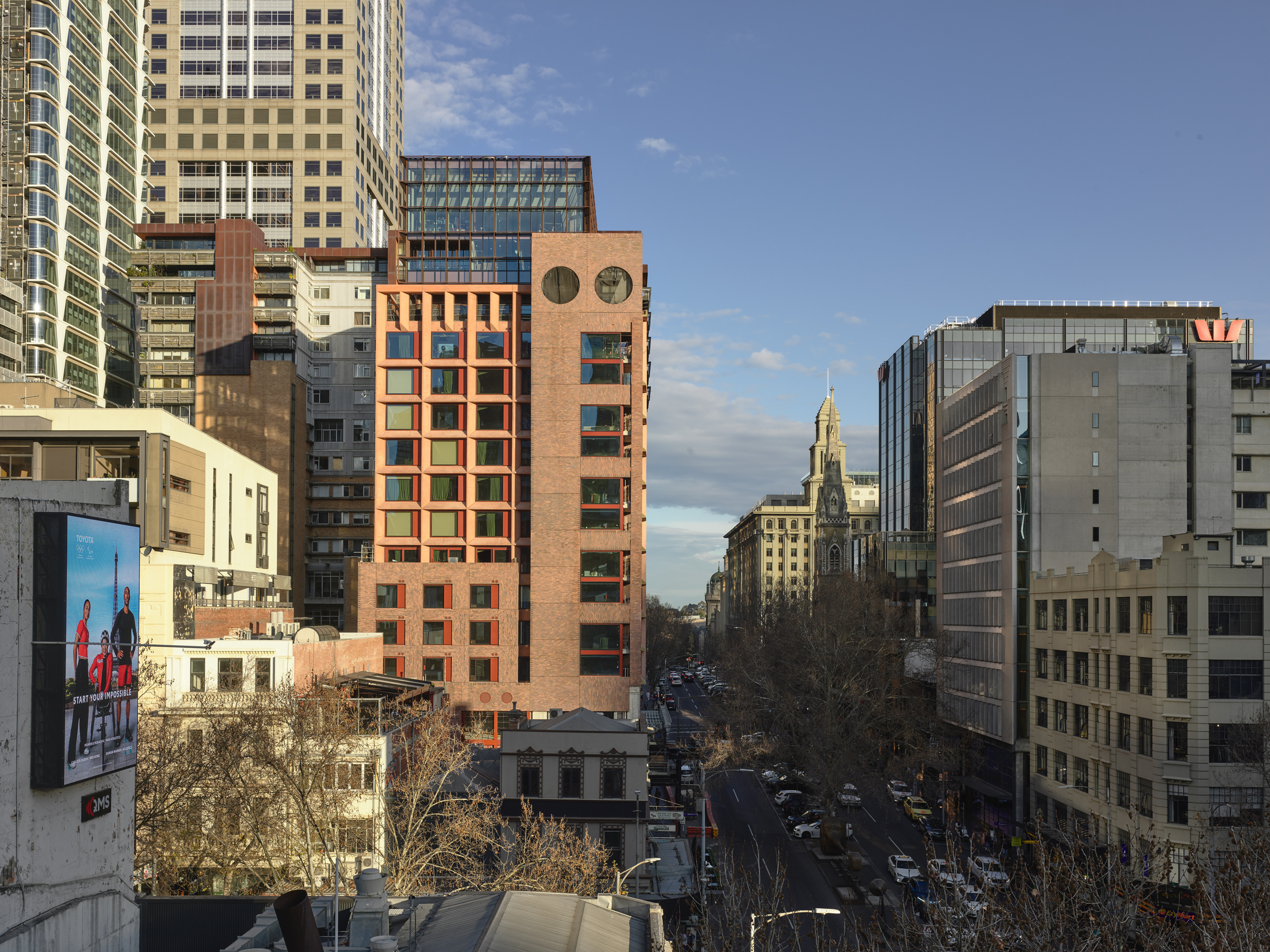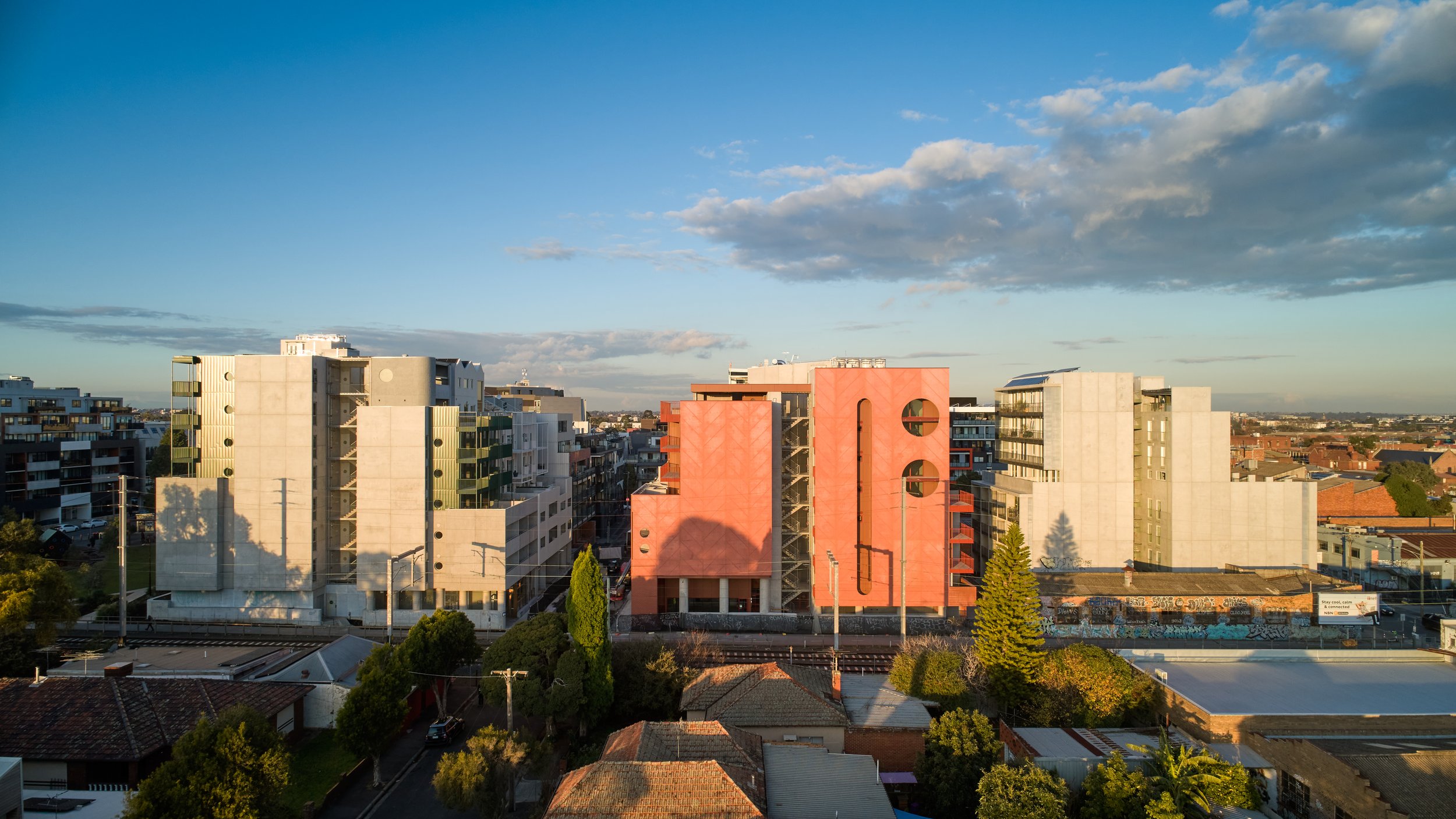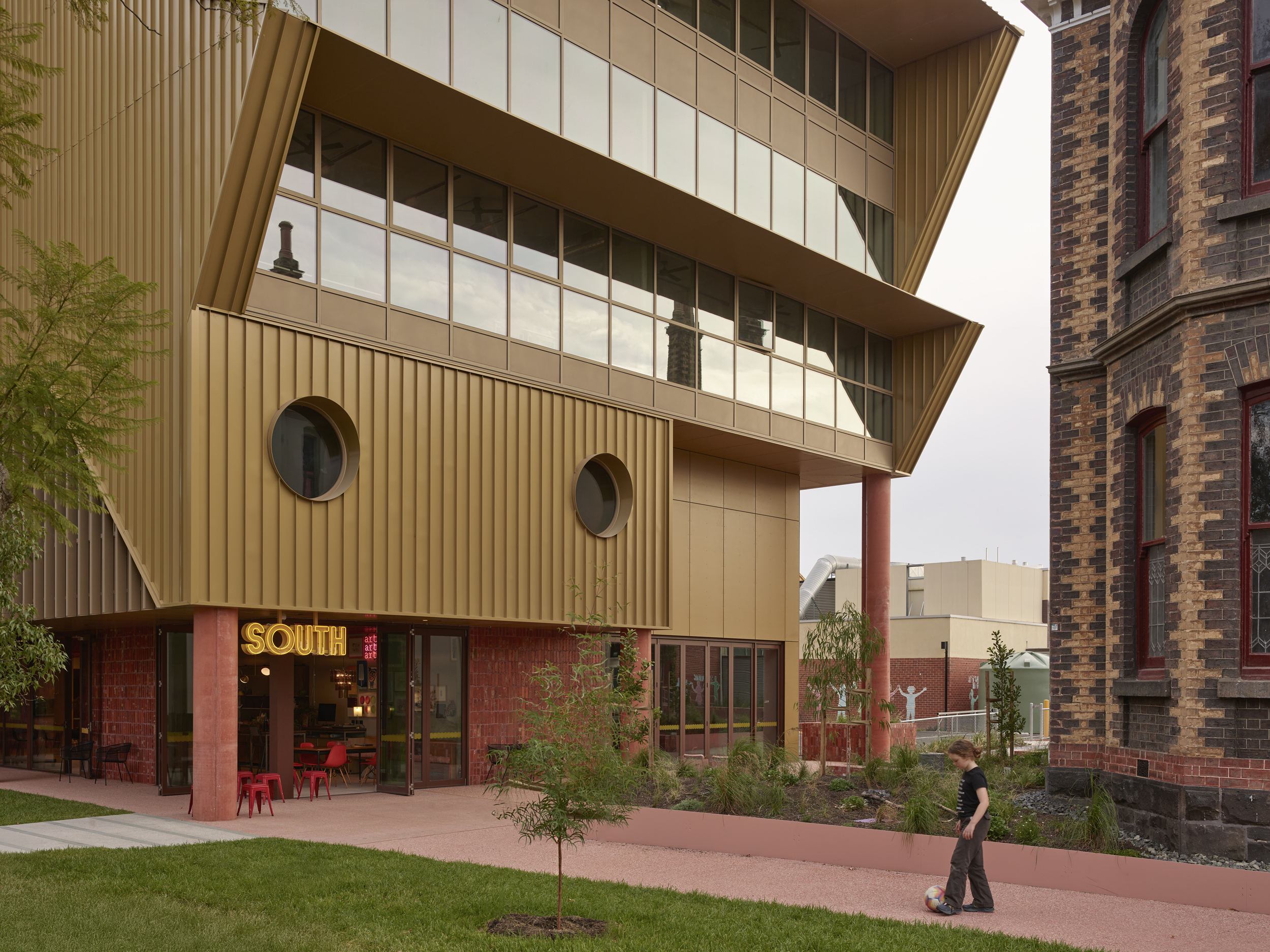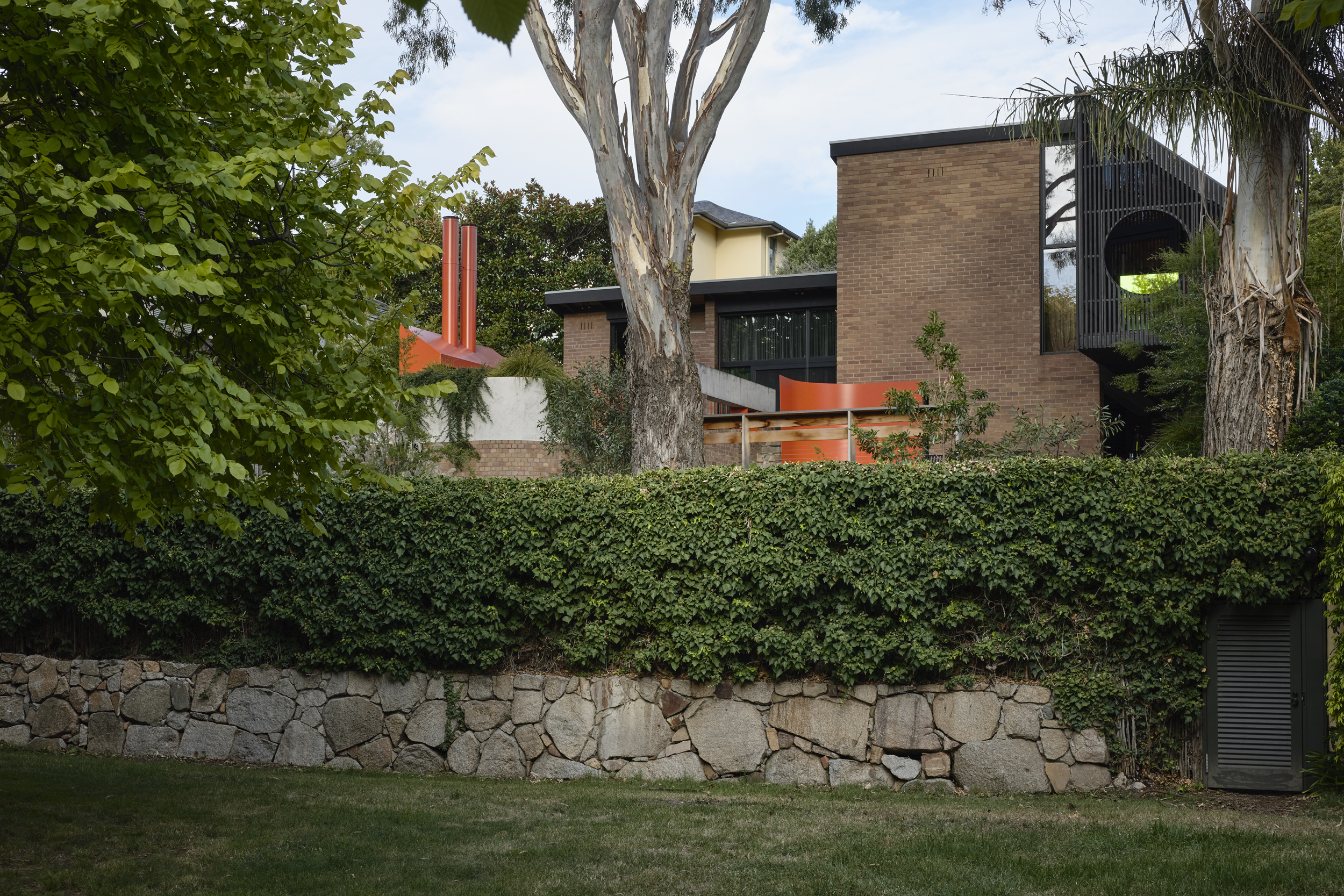Kagan House
Kagan House
Restoration and renovations to a twentieth century heritage home designed by Anatol Kagan in Studley Park, Kew.
Traditional Land Owners: Wurundjeri People
Builder: Weiss Builders
Landscape: Phil Harkin
Photography: Derek Swalwell
Awards:
2019 Victorian Architecture Awards: Commendation - Heritage
Media:
Gray Magazine - Issue 48, Oct 2019
The Design Files - 'Enhancing The Past In Studley Park', August 2019
The principle focus of this project was to preserve and restore a house by Anatol Kagan in Studley Park, Kew. Twentieth century heritage remains an emerging concept, but one that is quickly gaining widespread acceptance. Our Clients came to us with a nuanced appreciation of the house’s architectural and historical value. Having lived there for quite some time, they were also aware of its eccentricities and limitations. We shared our Client’s respect for the significance of the house and embraced the opportunity to engage in a project of twentieth century heritage.
There were several approaches we considered relevant. We commenced with research, finding Simon Reeves’ monograph on Anatol Kagan invaluable. An obvious step was to remove the accretions of the years to reveal the original intention of the design. The greatest challenge however, was to make alterations to the largely intact interiors – this involved forming a view on the most important elements of heritage significance. The plan devised by Kagan was indeed eccentric and strangely inefficient. Our approach was to make small alterations to improve zoning, circulation and internal relationships, update amenity and provide a relationship to the garden at the rear – something which was not explored by Kagan. The most significant move we made involved meeting our Client’s request for additional accommodation. In order to preserve the heritage artefact as a singular form, we looked to take advantage of the sub-floor area and incorporate it into the internal workings of the house. This approach enabled us to meet our Client’s briefing requirements with a minimal impact of the existing building fabric.
Having settled on a method of meeting the programmatic requirements, we concentrated on developing an architectural language. We looked to develop a visual character which was derived from the heritage of Melbourne modernism but which was clearly a contemporary expression. This involved an investigation of colour, materiality and detailing. In devising the palette and detail we were conscious of the need for restraint in expression to temper the luxury of contemporary amenity in a heritage interior which is defined by post-war austerity. Where possible, interior elements were retained and restored, such as the study shelving originally devised by Kagan which is evocative of the specific programmatic requirements of the original commissioning Client, the Bell family.
Finally, our approach required an extrapolation of the precepts of Melbourne modernism to make a relationship between interior and exterior – a concept which has been greatly expanded since the first tentative steps were taken in the 1950s. Our interventions aim to bring into balance inside and outside without compromising the legibility of Kagan’s exterior articulation. Small changes were deployed in existing structural openings to improve visual and physical connections. The front terrace was expanded in the architectural language established by Kagan to provide a habitable space in lieu of the passive/decorative balcony and connections to the ground plane were expanded and improved. These changes represent an imagining of the trajectory of modernist ideas without compromising the visual qualities of the original heritage object.
